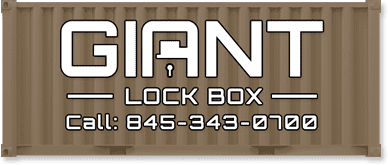Fire Sprinkler Repair and Upkeep Tips
Fire sprinklers are an essential element in all public structures as well as companies, yet they are hardly ever made use of. To remain operational, your center needs normal fire lawn sprinkler upkeep and inspection. Not just is it required by regulation to have an operating fire defense system in your business, yet you will be very delighted you stayed on par with your fire sprinkler maintenance when you do require it. A fire protection system that does its job lowers the possibility of injury and also residential property damages.
We have a few suggestions on exactly how you can keep your fire protection system in great form.
Learn more: Fire Sprinkler Repair
Fire Sprinkler Repair and Maintatence
Remove Layer from Sprinkler Heads
Never repaint over sprinkler heads. This can potentially block water circulation and also interfere with the heat sensor. Save your heads from accidentally being painted by gently covering them while the area is being repainted. You will need to keep in mind to get rid of all protective coverings when ended up. Dust as well as debris can also be an issue for heat sensors. If you operate in an old building or are renovating, dirt might be even more of a problem for you. Dirt can cake onto your sprinklers and hinder the heat sensors like paint. Make looking for dust a regular part of your fire lawn sprinkler upkeep regimen. The trick is to be very mindful when vacuuming or dusting off the sprinkler heads. It is better not to touch the heads straight and also use a special vacuum attachment.
Move Anything Blocking Lawn Sprinkler
Move any kind of blockages far from the path of the fire security systems. This includes things like high furnishings, decoration, and also various other high items. Large objects hamper the circulation of water and it can not get to all areas of the space. You have to preserve 18 inches of separation vertically from the sprinkler deflector to the top of an obstruction using control setting sprinkler heads. Where ESFR lawn sprinklers are utilized, preserve 36 inches of clearance from the deflector to the top of the storage. Saving products within these limits has the prospective to block the spray from the lawn sprinkler as well as reduce the array that lawn sprinklers can be reliable. Part of your fire lawn sprinkler upkeep is it make certain and also declutter once in a while.
Maintain Control Valve Open
One significant point you require to keep an eye on with your fire sprinkler upkeep, is whether the control valve is open. It always requires to be open for it to do its work. It manages the water circulation to the system. If it is shut, your sprinklers will certainly not obtain any water and basically be useless. Keeping an eye on those licensed to touch the valve will certainly assist limit the variety of people that can inadvertently leave it off. It is likewise a good idea to secure your fire security systems manage locations to prevent any kind of meddling.
Have Actually Sprinklers Inspected
Among the more apparent fire sprinkler upkeep measures you should be taking to maintain your system is to obtain normal inspections and upkeep. Licensed specialists should check out your system at the very least yearly. The NFPA has requirements that all fire protection systems need to fulfill. Every 5 years your fire security system must undergo an inner pipeline inspection as well as replace the gauges. Every twenty years, modification sprinkler heads and also undergo batch screening.
